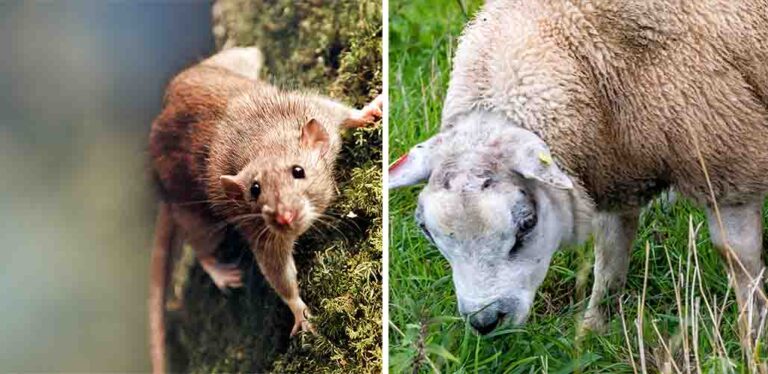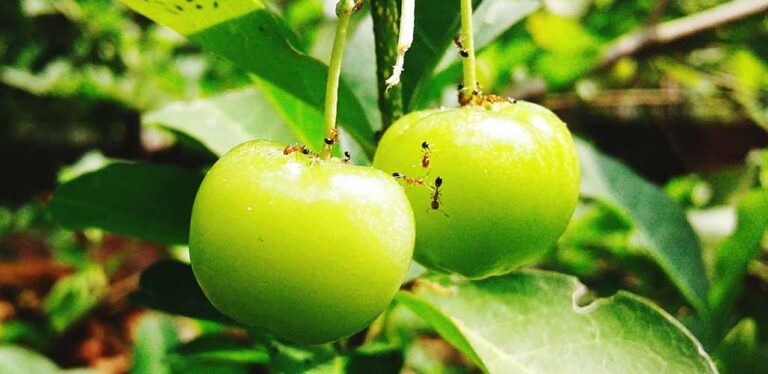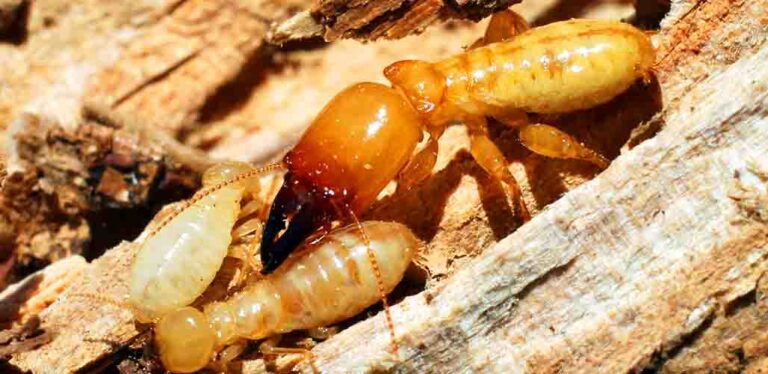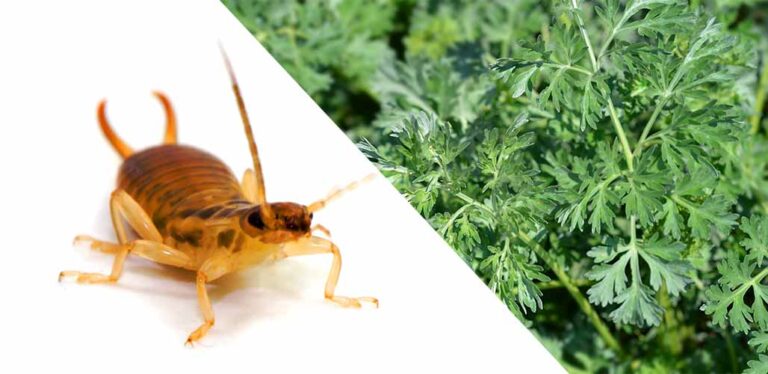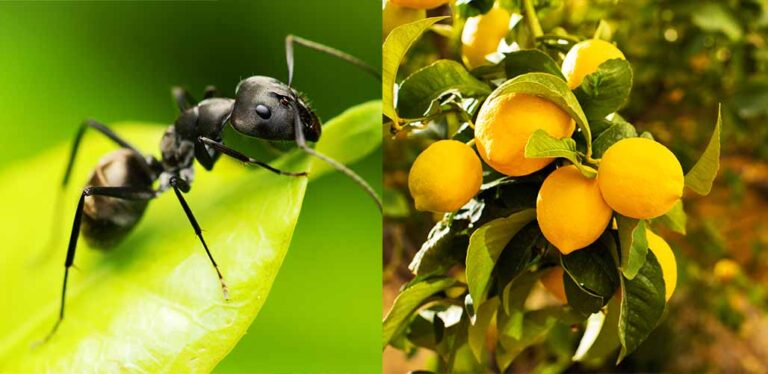Are Blowflies Attracted to Certain Plants?
Are blowflies attracted to certain plants? I hate the sight of blowflies in my garden and around my houseplants. These annoying bugs are more attracted to the scent of plants than plants themselves. They generally prefer to gather around spoiled meat, carcasses, feces, trash heaps, and compost piles. But, a few flowers give off a scent similar to rotting meat or organic matter that attracts insects. Insects pick up pollen from flowers or plants when they land to inspect them, then spread it to other parts of the plant. It’s not possible for the flies to feed on the plants like they would on decaying matter, but they can quickly become an annoyance when they get into your home or garden. Today, I’ll take a closer look at what plants attract blowflies, whether you should be concerned about these insects, and how to get rid of them.
Contents
- Are blowflies attracted to certain plants?
- Which plants attract blowflies?
- Are blowflies bad for plants?
- What do blowflies look like?
- When is blowfly season?
- How to get rid of blowflies
Are Blowflies Attracted to Certain Plants?
Certain plants release a perfume that resembles that of rotting meat. Insects such as blowflies and bees help pollinate the plant by doing this. But, they can be a frustration, especially if they get inside your house and start buzzing around your bin or food. There are a number of plants that attract blowflies, so it’s worth learning about as many as you can. Once you’ve identified them, it may be a good idea to remove these plants from your yard or home if you have a blowfly problem. So, let’s take a look at some of the most common plants that attract this annoying pest.
Rafflesia Arnoldii
Usually found in Borneo and Sumatra, this fleshy red flower has large petals. The parasite grows on the roots of tropical rainforest trees. Three meters is the maximum width it can reach. Several months are needed for the flowers to develop, but they last only a few days after they bloom. Flies are attracted to them most of all.
Asimina
This plant originates from eastern North America. They are small understory trees. In terms of texture and flavor, the fruits are similar to mangoes and bananas. It’s hard to find papayas in stores because they don’t hold up well when they’re transported or stored. A fly or a beetle pollinates them. Large, drooping flowers cover the plant.
Stapelia Gigantea
These plants have star-shaped flowers with hairs on them. There are some insects attracted to this plant because of its attractive yellow color and streaks of red accompanied by the stench of rotting meat. In fact, this smell is so rotten that the plant is often called a carrion plant. Despite this smell, it is grown as a houseplant throughout the world in some varieties.
Mexican Squash Or Jícaro
This is a tree native to central America. Flowers form on the branches and trunk of the plant with a putrid smell. Its shape is similar to a pumpkin and it is hard. Edible seeds are found in the plant. As a result of its hardness, the shell can be used to make a variety of objects, including jewelry and bowls.
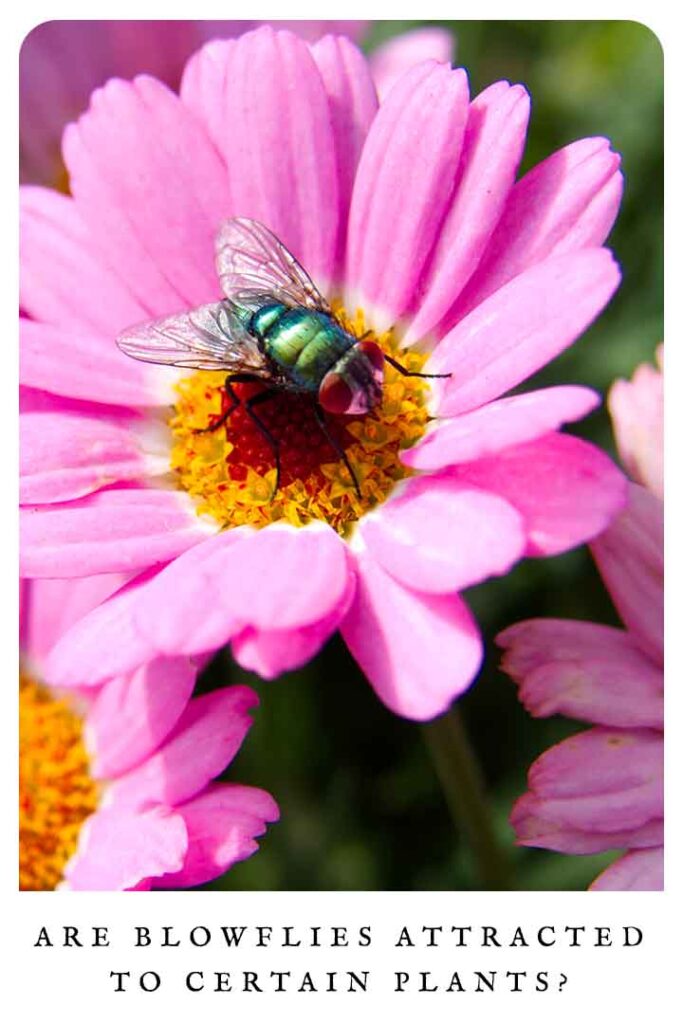
Amorphophallus Titanum
Plants of this type are called misshapen giant phalluses in their literal form. They look like male genitalia and they have a scent of rotten meat. The Sumatra rainforest and the Brazilian Amazon are home to this plant. Leafless and with a minimal stem, it is a flower with five petals and a diameter of one meter or more.
Most weigh more than ten kilograms, though a few will weigh less. Fly and beetle attractants include flower fragrances that smell like decaying meat. A variety of forest animals feed on its fruit, including tree shrews. Humid environments are ideal for them.
Birthwort
With heart-shaped leaves and poisonous tube-shaped flowers, this creeper has a painful bite. Growing in Europe, it was used medicinally to treat pregnant women until it was discovered that it caused kidney failure.
Fetid Cabbage
He is as he is named. There are streams growing near it all over the Pacific Northwest, from Alaska to Santa Cruz in the south. There is a similarity between the flowers and yellow lilies.
Stinkhorn Mushrooms
These mushrooms are edible. Putrefaction and rotten meat smells emanate from them. To reproduce, fungi are attracted to flies that spread spores.
Dracunculus Vulgaris Or Dragoneta
Other names include fly-catcher and fly-catcher. The product is Greek in origin. A dark purple flower with a meaty smell is found on this plant. Plants of this species are commonly grown as ornamentals in North America. Yaro Pollination is done by blue flies, which are the ones that lay eggs on corpses and help forensics determine the death time. It is a Mediterranean plant. Fly larvae are fooled into thinking the flowers are rotting meat by the flower’s heat.
Are Blowflies Bad for Plants?
Although blowflies are usually associated with gross things – like rotting carcasses and bad smells – they actually aren’t all bad for our plants. Blowflies can help to pollinate plants when they land on them whilst looking for food and pick up their pollen, transferring it to other plants they land on.
Blow flies are usually attracted to gardens that spread manure to aid growth. But, despite the benefits they can offer, large numbers of these flies can be frustrating and unsightly. And, once they’re in your garden, they’re prone to finding ways into your home, where they can contaminate food, and spread germs. So, it’s usually a good idea to get rid of blow flies when their numbers become excessive.
What Do Blowflies Look Like?
Dead rodents and small animals are the primary food sources for blow flies. A metallic glare on their body and a medium to large size make them easy to identify. Blue, green, and yellow are some of the colors they come in.
If they cannot find a dead animal to lay eggs on, they can reproduce in manure. As their larvae, known as maggots, infest rotting animal carcasses, blowflies get their name from the bloated condition they are in. Dead animals are a common source of blow flies. An infestation inside or near your home is the most common cause of flies swarming everywhere. There may have already been dozens of eggs hatching and developing into flies if you suddenly see a swarm of flies.
When Is Blowfly Season?
It doesn’t matter what time of year it is, blow flies can appear. The most common time of year for blow flies to be active is during the summer. But, a strong scent can entice them to investigate outside during the winter. They will prosper in an environment with road kill, manure, and high temperatures. In addition to not biting, these flies can be a significant nuisance in the house.
The most active time of the year for them is when it’s warm. In most cases, they can be found at home in the summer and fall. It may be nothing more than a matter of chance in these instances. But, if you see them in the winter, you know that something is luring them in. You’re probably just seeing one blow fly in the winter and you won’t see any more for a week or longer if you find one and don’t see more. The problem arises when you see more than one a day.
How To Get Rid Of Blowflies
By sanitizing properly, you can get rid of blowflies forever since they feed on waste, carcasses, and garbage. Pesticides can also be helpful, but they only work for a limited period of time, and they should be applied periodically. In order to get rid of blowflies naturally, here are some tips:
- Dispose of decomposing animal remains properly – sudden onsets of blow flies can be a sign something has died in your walls or another closed off area.
- Remove animal feces as soon as possible, from your garden and home. Including droppings from pests like rodents and racoons.
- Empty and clean your trash cans regularly – don’t let them overflow.
- Cover all garbage cans inside and outside your home.
- Don’t leave food uncovered inside or outside your home.
- Ensure all entry points to your home are sealed.
- Repair cracks and crevices in walls, and replace any damaged window screens.
- Maintain a regular vacuuming schedule.
- Use essential oils to repel blowflies, particularly scents like mint and lemongrass. (Be aware that essential oils can be dangerous to pets)
Are Blowflies Attracted to Certain Plants?
Some plants can attract blowflies, but if you notice these bugs in your home, it’s usually because something else has piqued their interest. Even in your garden, they’re more likely to gravitate towards manure, compost, and rotting animal carcasses.
Keep your home clean and smelling fresh to repel any of these flies. In serious cases, you may need to turn to pesticides, or a professional exterminator, particularly if you can’t locate the source of attraction for flies in your home.



